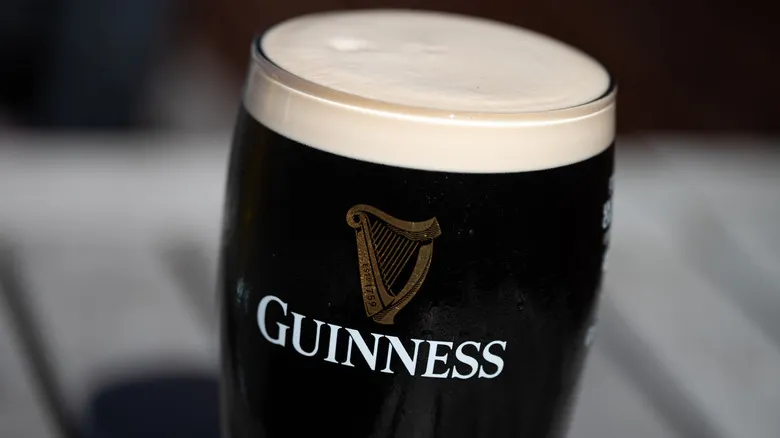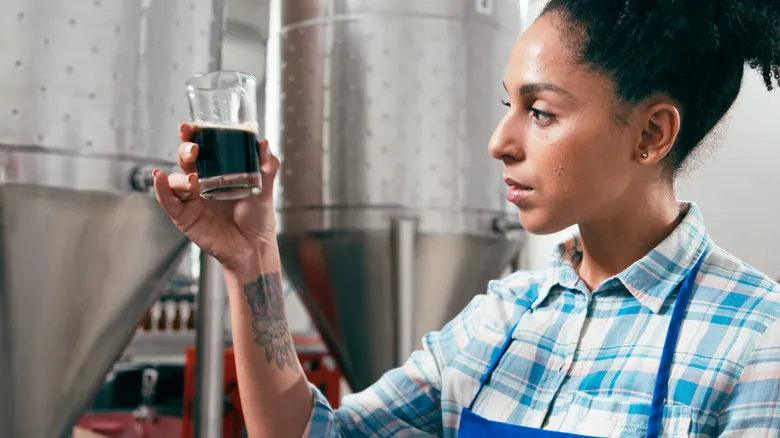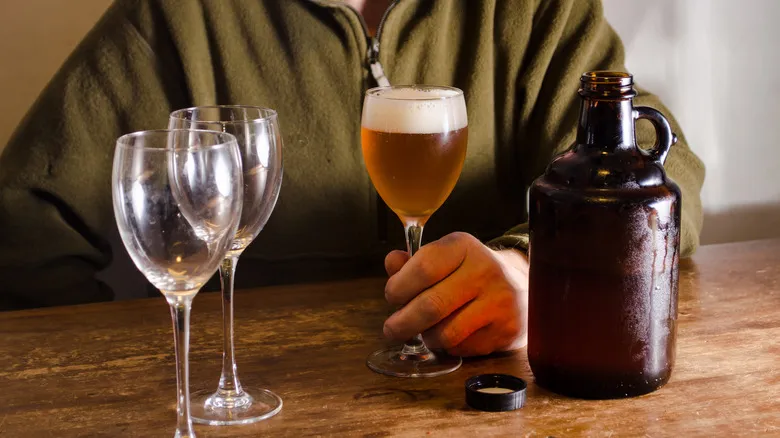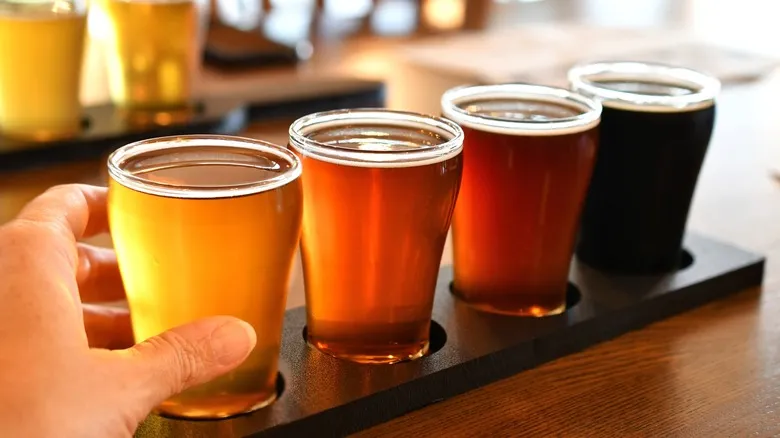The history behind porter beer

The English porter served as the forerunner to today’s stout. Martyn Cornell, who operates the acclaimed blog Zythophile, details how this beer got its name from the laborers who consumed it in London from the 17th to the 19th centuries. A porter was essentially a worker who transported goods throughout the city, akin to a contemporary delivery driver. The term became synonymous with a beer that was hearty and nourishing, providing sustenance for the working class. For many, beer was a significant source of carbohydrates, energizing them for the demanding tasks of loading and unloading ships and moving goods around the city.
The era when porter beer quenched the thirst of London's laborers is long past. However, the style has experienced a revival, largely thanks to the American craft brewing movement. Today’s porter is a dark brown to black beer made from malted barley, which is allowed to germinate, enhancing the fermentable sugars. It tends to be lighter and less robust than stout but shares many flavor characteristics, such as coffee and chocolate, albeit in a more subdued manner.
As you might have gathered by now, beer is a vast and intricate subject, and it’s no surprise that numerous porter styles are being crafted today. Some noteworthy varieties to explore include English Brown Porter (soft, sweeter, mild), Baltic Porter (dark, bitter, higher in alcohol), and American Porter (malty, hoppy, chocolatey).
What makes a stout different

Stout originated as a subtype of porter. A stout porter was essentially a more robust version, utilizing the same ingredients of malted barley and hops but with a reduced amount of water, as noted by beer historian Ron Pattinson.
Today, stout is widely recognized as its own distinct category, featuring numerous styles and drinking methods. One of the key differences that distinguishes stouts from porters is the inclusion of roasted barley, which imparts smoky and espresso notes to the typical chocolate flavor profile found in porters. The texture of a stout is often described as rich, creamy, and thick, earning it the nickname "a meal in a glass."
There are various stout styles worth exploring, but one cannot overlook Arthur Guinness, the pioneer of Irish stout. Initially, Guinness operated as a porter brewery but shifted to stouts in the late 19th century and has continued to innovate in this realm ever since. A significant advancement that helped Irish stouts carve out their own identity was the incorporation of flaked barley, which contributes to the notably creamy mouthfeel. While there is some debate about the optimal way to serve Guinness, chilling it for 24 hours and pouring it slowly is a solid starting point.
Where to draw the line between porters and stouts

When it comes to comparing beer styles and categorizing porters and stouts, it's essential to recognize that there are few governing bodies that oversee naming conventions. In the wine industry, designating a bottle as Champagne or port is accompanied by a plethora of rules and regulations regarding ingredients, production methods, and geographical origin. In contrast, while the German purity law established in 1516 restricts the ingredients used in German beer, there are not many similar regulations in place for other beer styles.
The distinction between a porter and a stout is typically influenced by history, flavor, and the use of roasted barley. This means that the contemporary landscape of porters and stouts is a thrilling realm where tradition and innovation converge, leading to the creation of new and intriguing styles that draw inspiration from the rich history of beer.
Recommended

Yes, There Is A Proper Way To Store Canned Beer

What's That Little Ball Rattling Around Inside Guinness Cans?

How Many Beers Are In A Growler?

The Right Way To Pour A Guinness From A Tap
Next up

